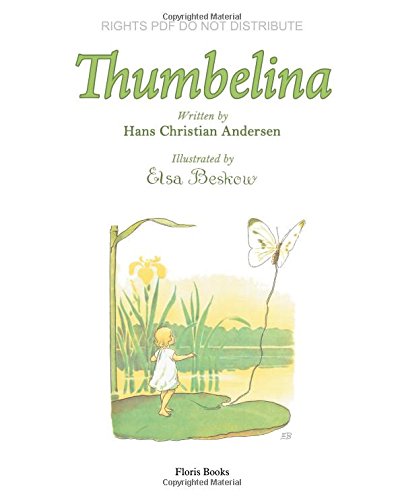Rembrandt Is in the Wind: Learning to Love Art Through the Eyes of Faith by Russ Ramsey.

Wow! I’ve heard Mr. Ramsey speak about art and artists and the way to look at art through a Christian lens, so I’ve heard some of the material in this book before. Nevertheless, I was riveted as I listened to this new book, written by a Presbyterian pastor from Nashville. I’m hoping to order several copies–one for my church library, one for my own library, and one for my artist daughter. Maybe I’ll think of even more people who need a copy of this book.
The book features chapters about Rembrandt, of course, but also Michelangelo, Caravaggio, Van Gogh, Edward Hopper, Johannes Vermeer, and Lilias Trotter. (You’ve probably heard of all of those except the last one, but her story may be the most intriguing of them all.) If you want a book that will help you to appreciate fine art in a whole new way, whether you’re an art connoisseur or an art amateur or a just a wannabe, like me, this is the book. Ramsey writes about the artists’ lives as their lives relate to the paintings they made. He also writes about technique, but again only as it relates to the art each artist produced. And he places each artist and his or her art in historical context and in spiritual context as well.
I can’t give you any quotes from the book since I “read” it as an audiobook, but I’m sure that there is much here that is eminently quotable. And I’m also sure that I will reread this book in print as soon as I get my hands on the print copy (copies) that I’m going to order. I suggest you do the same. Oh, and the narrator for the audible version was fine, but he mispronounced a couple of words (Wen-DELL Berry?), Russ Ramsey himself as narrator/reader would have been better. If you need more encouragement to get you to read Rembrandt Is in the Wind, check out this lecture by Russ Ramsey about Michelangelo and his famous statue, David. (Yes, this material is in the book. You can skip the lecture and just get the book.)




